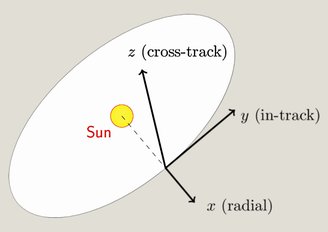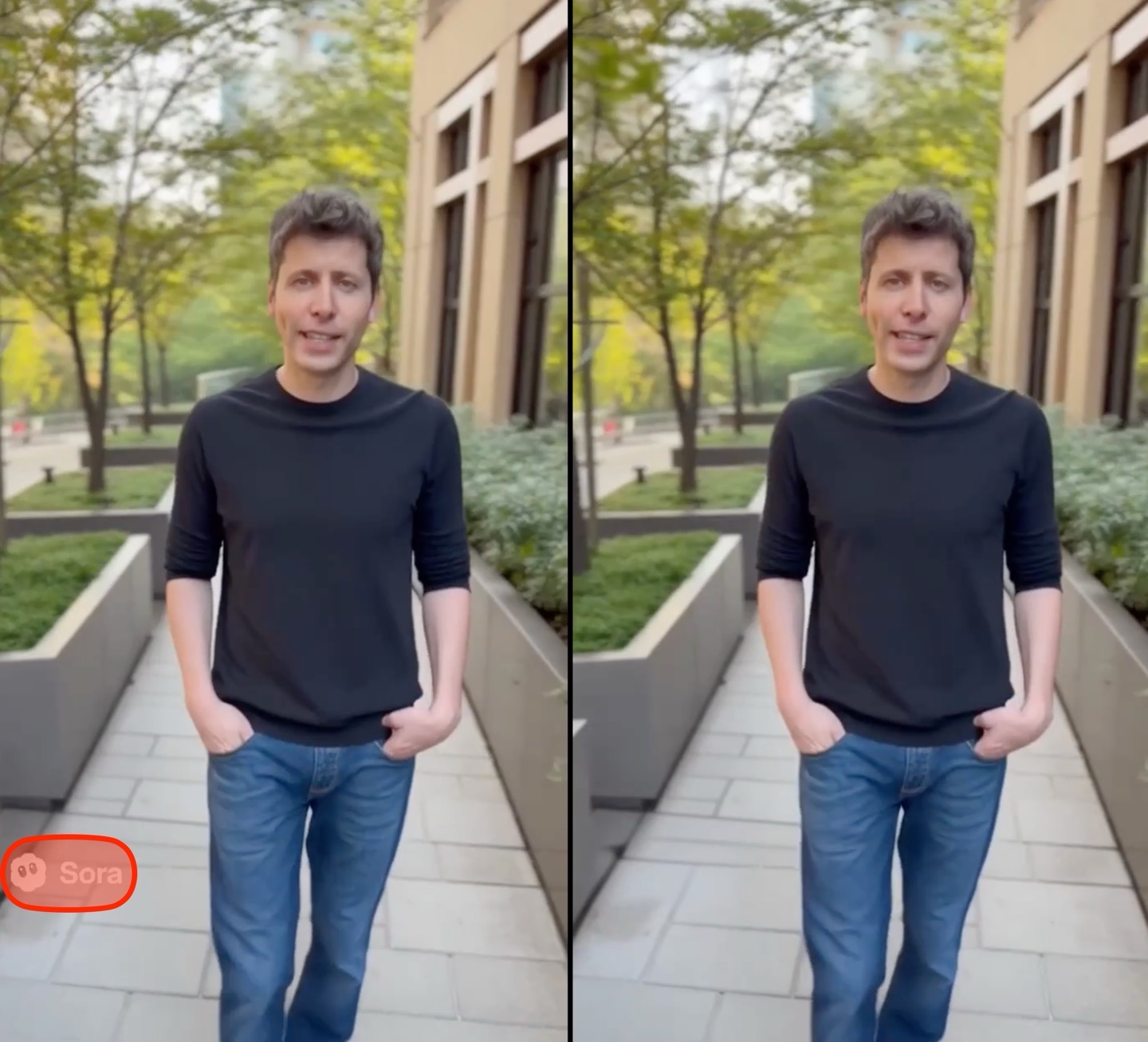A team of NASA researchers is working on a study that promises to reveal new physics. A special formation consisting of four spacecraft orbiting the Sun in the shape of a tetrahedron has been proposed They may look for evidence that yet-to-be-discovered physical laws apply.
The goal is to use these tetrahedral configurations and define orbits around the Sun in a “stable” way (independent of the gravity of other planets and asteroids), new spacecraft may make more precise observations of small spatial changes in the gravitational field It has the ability to influence the gravitational gradient tensor (GGT), which plays a fundamental role in Einstein’s general relativity.
According to the study’s lead author, Slava G. Turyshev, a professor at the University of California, Los Angeles (UCLA) and a researcher at NASA JPL Jet Propulsion Laboratory: “We look forward to exploring the questions surrounding the mysteries of dark energy and dark matter.” ” he stated in a statement.
Searching for “holes” in the description of gravity on large scales
Turyshev’s concern is justified: The nature or composition of dark energy and dark matter, intuited through indirect evidence and cosmological observations over the last century, remains unknown. However, the physicist thinks, “It is possible for this new force to manifest itself on the scale of the solar system.”
This means; Although it describes gravity on large scales, Einstein’s theory of general relativity may not be as accurate when applied to smaller objectsJust like the planets in our solar system. In this sense, the designed spacecraft will “look for deviations from general relativity predictions at the Solar System scale, something that has not been possible so far,” Turyshev says.
These so-called deviations, no matter how small, can appear as non-zero elements in the GGT. Therefore the importance of measurements made by different vessels to eliminate possible noiseIt is caused by the gravitational pull of other objects, vibrations of the spacecraft, and even cosmic radiation.
Testing general relativity at the smallest scales

The technique to be used in the mission, described in a paper recently published in the journal Physical Review D, is an adaptation of the high-precision laser interferometry used in the GRACE-FO mission at NASA and the German Geoscience Research Center (GFZ). ). Lasers are used to measure the distance between two orbiting spacecraft with extreme precision. The instrument reveals changes in the Earth’s mass.
Additionally, atomic interferometers available on future spacecraft will allow measuring the phase difference between waves of atomic matter throughout the journey, using the wave character of atoms.
“Laser measurement will provide us with highly accurate data on distances and relative speeds between spacecraft,” explains Turyshev. In practice, this means testing general relativity at the smallest scales, something hitherto unheard of in current studies.
Follow the latest developments in cosmology at TecMundo. If you wish, have the opportunity to learn about our solar system as well as the interstellar journey of Earth’s spacecraft.
Source: Tec Mundo
I’m Blaine Morgan, an experienced journalist and writer with over 8 years of experience in the tech industry. My expertise lies in writing about technology news and trends, covering everything from cutting-edge gadgets to emerging software developments. I’ve written for several leading publications including Gadget Onus where I am an author.












